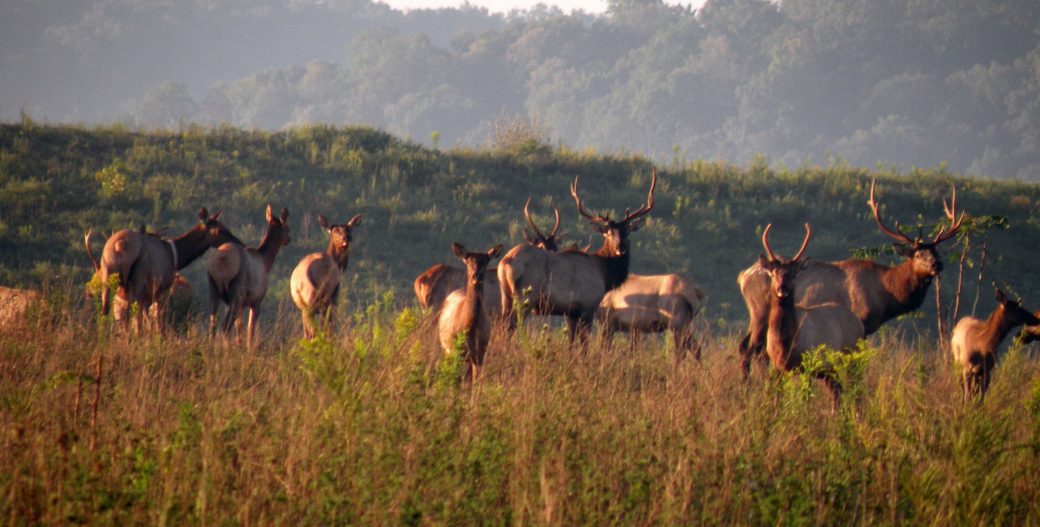Habitat Preservation and Creation
Habitat and Recreation are key benefits of managing a stand of timber. While the financial gain is obvious, many don’t realize that proper timber management can significantly enhance the local habitat, providing valuable benefits to the wildlife in your woods. It also creates opportunities for recreation, wildlife observation, hunting, and other outdoor activities.

Forest Nature vs. Nurture
Debris, downed trees and snags are often viewed as unsightly and sometimes, landowners work diligently to keep the forest floor clean.
…immaculate forest floor clearing is unnatural and harms local wildlife. Leaving the debris from harvested trees is more natural for the woods
This is unnatural and though it looks kept and tidy, such immaculate forest floor clearing removes crucial habitat and resources to many species in the Appalachian forest.1
Unmanaged forests have trees that succumb to disease, pests, high-winds or heavy storm activity as well as simple old age. This is healthy and natural. Damaged, deformed and declining trees are focal points of biodiversity and act as hotspots for local plants, animals and fungi.
Through the clean up efforts of landowners or as a result of an aggressive timber harvest, the presence of these bio-hotspots are missing, harming the wildlife presence and biodiversity levels in your woods.

Give Nature a Helping Hand
Wildlife habitat piles are created by human activity. They consist of branches, small trees and other biomass and act as simulated burrows. Habitat piles replicate the conditions that would naturally exist in more mature forests in the form of fallen trees and older den trees.
The piles are constructed with biomass that is not marketable following a managed timber harvest or storm. Small trees, boughs and limbs are heaped up creating little “critter condos.”
Our philosophy is to harvest mature trees before their inevitable decline. Therefore, building wildlife piles following a Timber Works managed harvest help to keep woodland habitats vibrant and productive while allowing a landowner to earn cashflow from their timber.
Trails and Recreation
In addition to creating habitat through biomass piles and artificial snags, another effect of a Timber Works managed timber harvest is the creation of passable paths and roads.
When our professional logging crews finish your job, we smooth logging roads, create appropriate water run-off infrastructure and offer soil erosion management best practices.
This leaves your timber stand with trails for hiking, nature-watching, ATV and horse-back riding and more.
Give us a call to discuss improving habitat and recreation opportunities in your forest.

